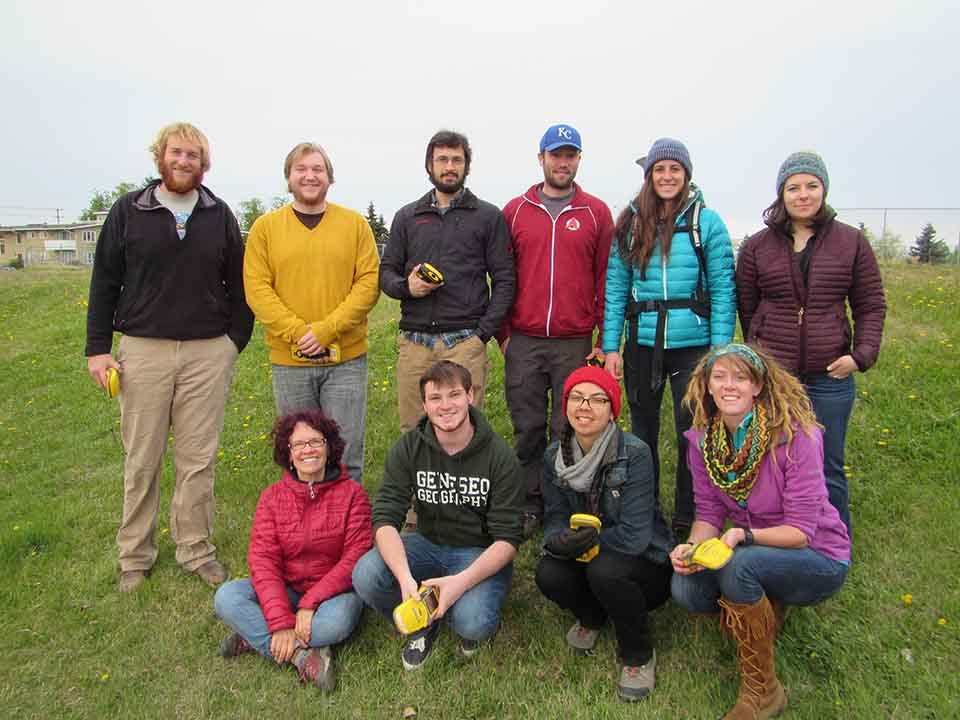
NPS
Each season, field employees work across Alaskan parks, mapping thousands of invasive plant infestations, eradicating small patches, and organizing volunteer events to control larger ones. The EPMT program provides many benefits to Alaska beyond its parklands. EPMTs work successfully with landowners near each park to foster local invasive plant management. The EPMT program contributed to the first examinations of the wildfire-invasive plant connection in Alaska. In cooperation with the US Forest Service and the Alaska Natural Heritage Program, over 100 species were systematically ranked for their invasiveness threat and workshops were provided for their identification. Altogether, the Alaska EPMT makes the most of its support through an integrated, collaborative approach to maintain Alaska's unique position: ahead of the invasive species curve.
Invasive Plant Management Terminology
Exotic, alien, and non-native
plants are those present in a given area due to accidental or intentional introduction by humans. The majority of non-native plants are beneficial to society, including staple crops and ornamental plants.Invasive
plants are plants that produce viable offspring in large numbers and have the potential to establish and spread in natural areas. Invasive plants often have a negative effect on ecosystems and may cause economic losses or harm to human health.Native plants
are those that live or grow naturally in a particular region.Naturalized
plants are non-native plants that reproduce consistently in their new environment and sustain populations over many life cycles without direct intervention by humans.Noxious weeds
are plants that have been defined as undesirable by a legal statute—local, state, or federal.Weed
any plant, native or non-native, that is undesirable to people in a particular time or place.Last updated: April 17, 2017
